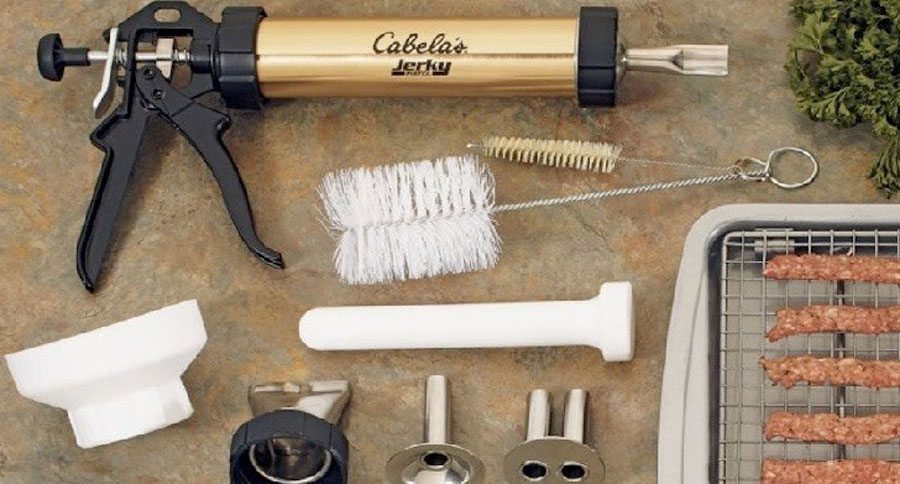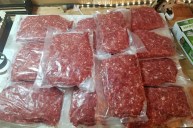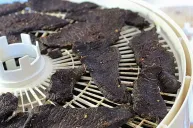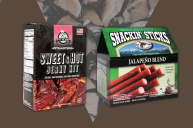The world of meat processing offers many different gadgets and tools to create a wide variety of delicious foods.
Today, the topic is jerky guns. As an avid meat processor and consumer of jerky, I recently gave in and purchased a jerky gun. While not overly expensive, the cost of another tool and the time it would take to make the jerky made me wonder if it was really worth it.
The ultimate verdict I came to is yes! Here's how I came to this conclusion.
The Cost and Equipment
For $40, you can find jerky gun kits that come with the tube, an assortment of tips and cleaning brushes, as seen in the picture. If you keep an eye on sales, you could probably grab one for even cheaper. The variety of tips is awesome because you can experiment with different jerky strips. Additionally, the cleaning brushes are vital because of the small nooks in the gun and tips. Overall, I think the price is fair.
The Process
My biggest concern was with the time commitment. Typically, I'd just thinly slice a deer roast or section of backstrap, marinate it in a jerky mix and toss it in the dehydrator. My obsession with the store-bought jerky strips made from ground meat is what peaked my interest in jerky guns. However, I didn't like the idea of grinding additional meat, thoroughly mixing it and having to constantly refill the gun.
I already had about 35 pounds of meat to grind and mix into sausage, so I figured a few extra pounds for jerky wouldn't be too noticeable. I also already had out the sausage mixer and while I wasn't wanting to clean it out an additional time, I figured it would be the best way to thoroughly incorporate my jerky seasoning.
When it came to the gun, filling it was pretty easy. I would definitely recommend going with the longest gun available, just so you can save time on refills. The first go-around took longer because I was changing the tips out to see what worked best. I was looking forward to the dual square tips, but pipping into my round dehydrator trays made it a little difficult. The single round tip worked best for me, and after the dehydrating process, I think they turned out better. The square pieces turned out a little thinner and dried out a little too much.
The Results
Overall, I ended up with consistent, well-blended strips of jerky. To help the texture, I was able to add a little bit of fat to the ground meat, which would not be an option with traditional jerky. Being able to mix in the seasoning covered any overwhelming gaminess. While the process certainly took longer than traditional jerky, I think the tender and delicious jerky was definitely worth it. I would recommend the jerky gun to any DIY meat processor looking to diversify their products.
NEXT: THE STORY OF THE MINNESOTA BUCK WITH "DON'T MISS" EAR TAGS




